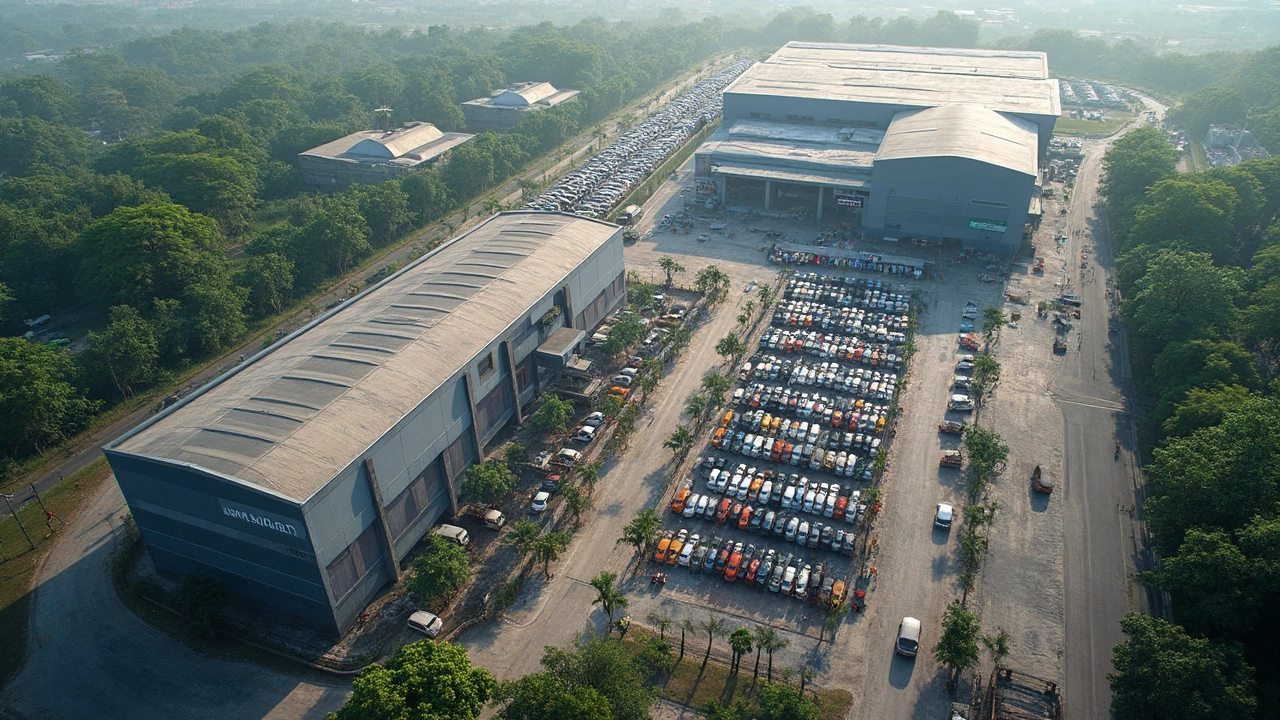Indian Car Industry: Growth, Trends & Opportunities
India’s car market is one of the fastest‑growing in the world, and it’s not just about the number of vehicles on the road. It’s about factories churning out new models, young buyers looking for affordable mobility, and a government that’s pushing electric and safer cars. If you’re thinking of entering the market or just want to understand why it matters, this guide breaks down the basics in plain language.
Key Players and Production Landscape
When you hear ‘Indian car industry’, a few names pop up instantly – Maruti Suzuki, Tata Motors, Mahindra & Mahindra, Hyundai India, and Kia. Together they account for more than 80% of passenger‑vehicle sales. Maruti Suzuki still leads with a share close to 50%, thanks to its wide network and budget‑friendly models like the Swift and Alto.
Tata and Mahindra focus heavily on utility vehicles and have recently moved into electric trucks and SUVs. Hyundai and Kia bring in stylish design and tech‑heavy features that attract urban millennials. Alongside these giants, a growing number of start‑ups are testing electric two‑wheelers and low‑cost EVs, backed by new government subsidies.On the manufacturing side, the country hosts over 30 major auto plants, many located in Gujarat, Maharashtra, and Tamil Nadu. These states offer tax breaks, easy land procurement, and good logistics, which is why you’ll see multiple assembly lines in the same region.
Growth Drivers and Future Outlook
What’s fueling the growth? First, a young population that wants its first car at a lower price point. Second, rising disposable income in tier‑2 and tier‑3 cities. Third, government policies such as the Faster Adoption and Manufacturing of Hybrid & Electric Vehicles (FAME) scheme, which offers incentives for EV buyers and manufacturers.
At the same time, stricter emission norms (Bharat Stage VI) push manufacturers to adopt cleaner engines and invest in hybrid or electric platforms. This creates a double‑edged sword: higher costs in the short term but bigger market potential for eco‑friendly vehicles.
Looking ahead, analysts forecast a compound annual growth rate (CAGR) of around 9% for passenger‑vehicle sales through 2030. Electric vehicle (EV) sales are expected to hit 7‑8% of the total market by 2027, driven by falling battery costs and expanding charging infrastructure.
For investors, the real opportunities lie in three areas: component suppliers that can meet new safety and emission standards, EV charging networks, and digital services like connected‑car platforms. Companies that can deliver cost‑effective, locally sourced parts will win contracts from the big OEMs looking to keep prices low.
If you’re a supplier, think about how you can add value – maybe by offering lightweight materials or smart‑sensor kits that help manufacturers meet Bharat Stage VI goals. If you’re an entrepreneur, consider setting up an EV‑conversion workshop or a mobile charging service for urban fleets.
Bottom line: the Indian car industry isn’t just big; it’s evolving fast. Understanding who the major players are, why the market is expanding, and where policy is heading will help you make smarter decisions, whether you’re buying, selling, or investing.

Which is the Largest Car Plant in India? Facts and Inside Look
Curious about where India's car production hits massive numbers? This article pinpoints the country’s largest car plant and unpacks what makes it so huge and efficient. You’ll get facts, production stats, and insider details about its daily operations. Plus, there are surprising records and tips for anyone who’s interested in cars or factories. Find out how this single location powers much of India's car supply.
Read More